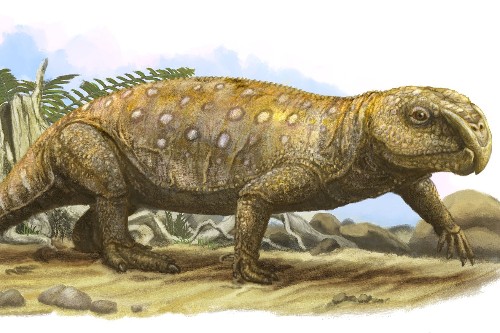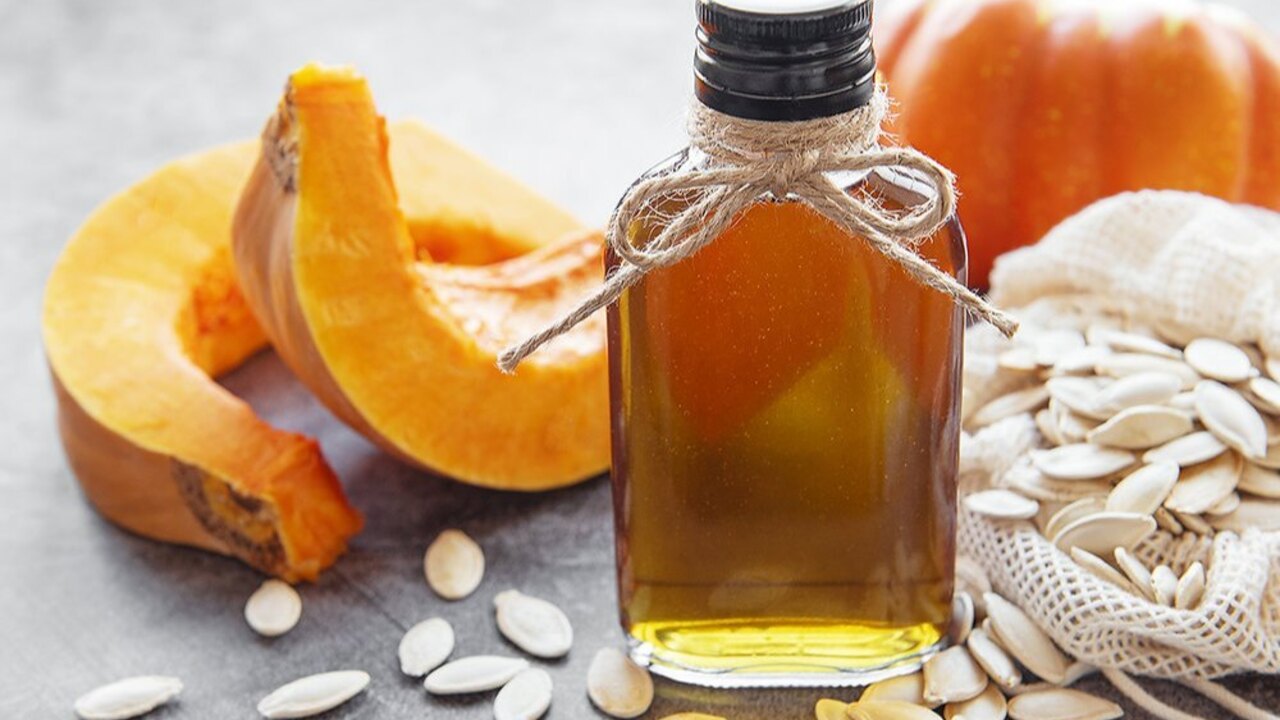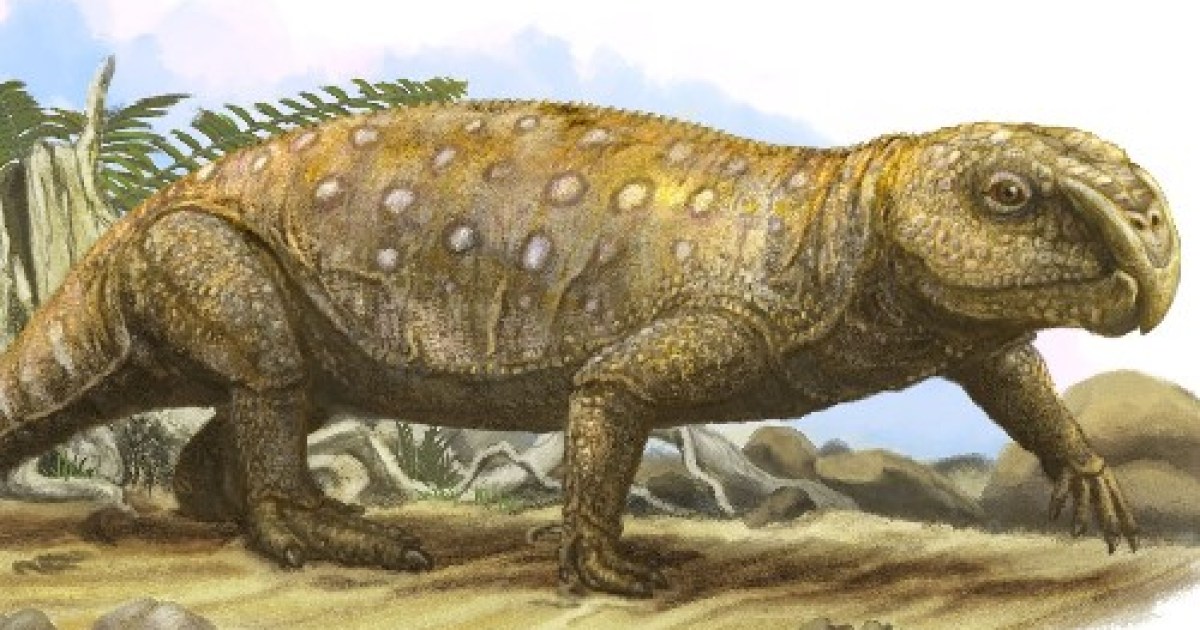Rhynchosaurs were reptiles that lived during the Triassic period, between 245 and 203 million years ago. They were distinguished by a strong body, a long tail and a curved beak, with which they cut the plants that they fed on. Their teeth were fused into dental plates that helped them grind up plant material.
Rhynchosaurs were very numerous and were distributed throughout the supercontinent of Pangaea. Some of the better known genera are Mesosuchus, Howesia, Rhynchosaurus, and Hyperodapedon. Rhynchosaurs became extinct at the end of the Triassic, possibly due to climatic or environmental changes that affected their food source, and were replaced by rhynchosaurs. huge dinosaurs.
Now it was a team of researchers from the University of Bristol who dispelled doubts about the diet and premature death of rhynchosaurs.
They studied specimens found in Devon and used CT scans to see how teeth wear down during feeding and how new teeth are added to the back of the dentition as the animals grow in size.
The findings, published in the journal Paleontology, show that these early herbivores likely eventually starved to death in old age as vegetation damaged their teeth.
“I first studied rhynchosaurs many years ago,” said team leader Professor Mike Benton of the Bristol School of Geosciences, “and was surprised to find that in many cases they dominated their ecosystems. If you find one fossil, you have found hundreds.
“They were the sheep or antelope of their time, and yet they had specialized dental systems that seemed to be adapted to deal with the mass of resistant plant food.”
Dr Rob Coram, who discovered the fossils in Devon, said: “Fossils are rare, but sometimes people have been buried during river floods. This allowed the collection of a number of rhynchosaurian jawbones that ranged in age from very young, possibly even infants, to adults, including one particularly old animal, a Triassic veteran whose teeth were worn down and probably struggled to eat. food every day.

“By comparing the succession of fossils throughout their lives, we were able to see that as the animals aged, the wearable jaw area shifted back in relation to the front of the skull at any given moment, bringing in new teeth and new ones. a bone to wear,” said Titiwut Sethapanichsakul, who studied jaws as part of her master’s program in paleobiology. “Obviously they were eating really hard food like ferns, which wore down their teeth to the jawbone, which meant they were basically eating a mixture of teeth and bones.”
“We don’t think that rhynchosaurs lived that long, but their plant foods were so difficult that their jaws just wore out, and apparently they eventually starved to death,” Dr. Coram added.
Source: Digital Trends
I am Garth Carter and I work at Gadget Onus. I have specialized in writing for the Hot News section, focusing on topics that are trending and highly relevant to readers. My passion is to present news stories accurately, in an engaging manner that captures the attention of my audience.










